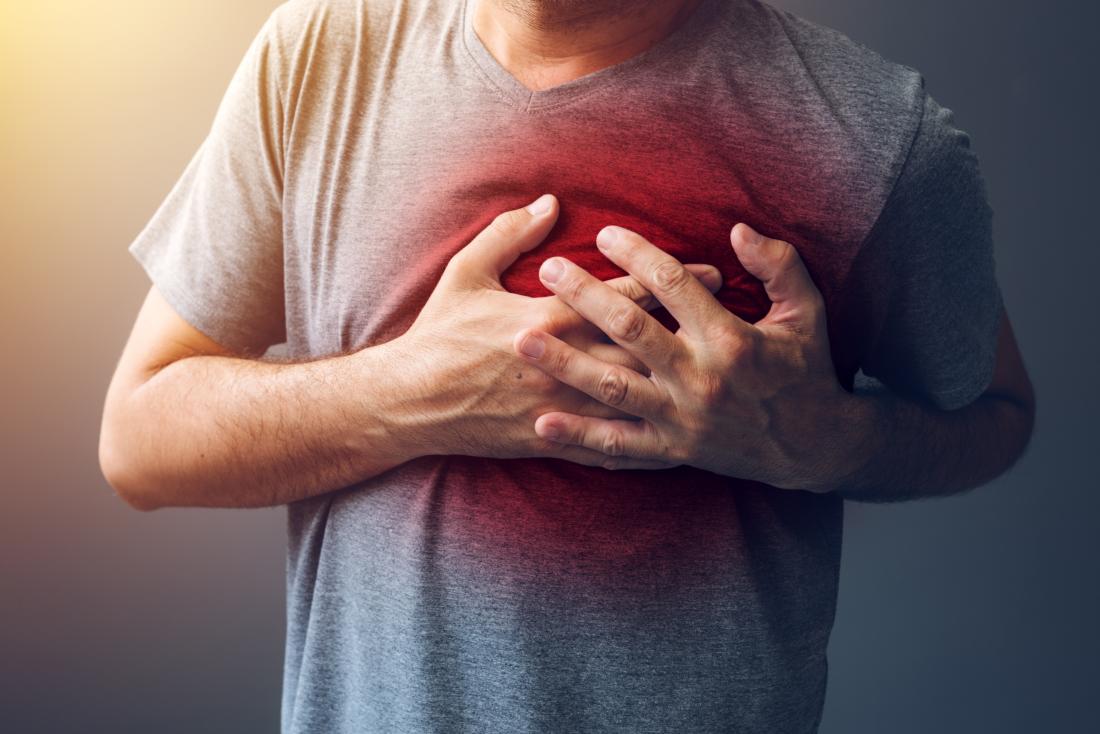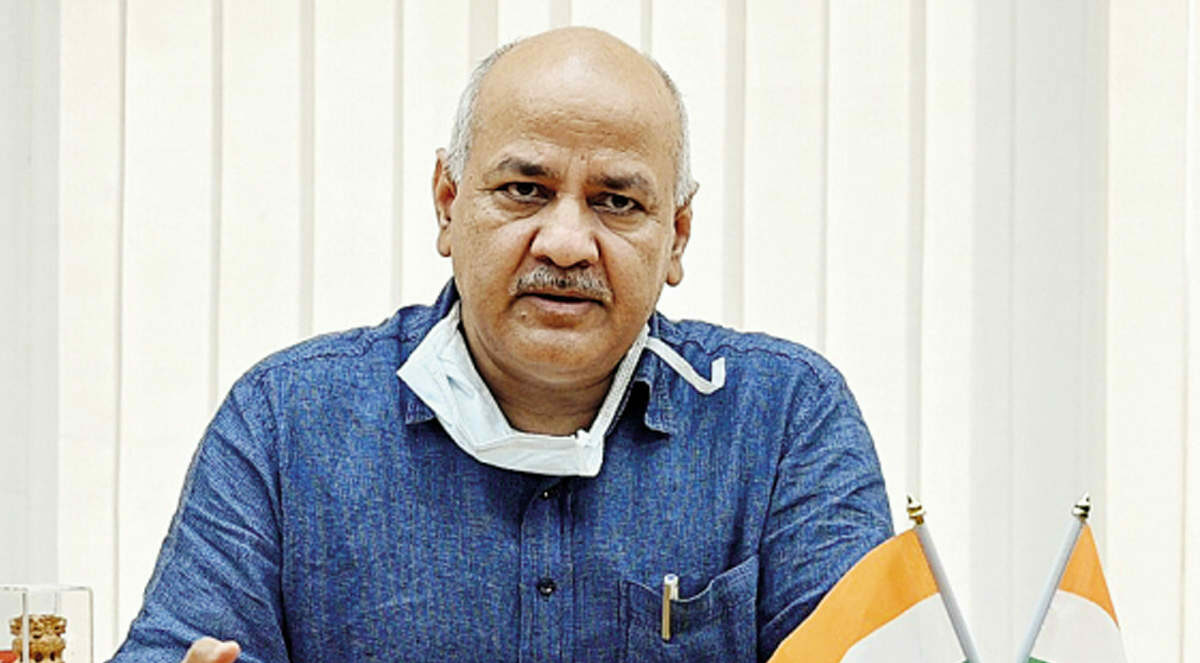Sudden Cardiac Arrest occurs without warning when the heart unexpectedly stops beating. It is triggered by an electrical malfunction in the heart that causes abnormal, or irregular heart rhythms called arrhythmias.
There are various ways to treat heart rhythm problems. If the heart rhythm gets very slow, and it is not treatable with changes in medications then a pacemaker is needed.
A common arrhythmia in cardiac arrest is ventricular fibrillation in which the heart’s lower chambers suddenly start beating in an irregular manner and stops pumping blood.
Death occurs within minutes as the heart cannot pump blood to the brain, lungs, and other organs. About 10% of the deaths in India are due to sudden cardiac arrest which is also the most common factor of death in the world.
When sudden cardiac arrest occurs, seconds and minutes can make a difference between life and death. Cardiac arrest may be reversed if a defibrillator or a pacemaker is used to shock the heart and restore the heart rhythm within a few minutes.
Pacemakers keep the heart beating at the proper rate and from beating too slow. It is important to understand how pacemakers work. The heart has a specified site called sinus node in the right upper chamber (right atrium) which gives rise to an electrical impulse (at a rate of 60-100 beats per minute at baseline) which is transmitted through the conduction system to the lower chambers (ventricles).
The lower chambers respond by contracting, and this pumps blood to the rest of the body. Nature has given this electrical spontaneity not only to the sinus node but to other sites too.
This assumes importance in case of failure of the sinus node to generate impulse or ‘electrical block’ which is non-conduction of the electrical impulse from upper chambers to lower chambers.
Nowadays, leadless pacemakers are being used in appropriate cases that do not need leads/ wires. Having a pacemaker brings peace of mind, which can help you return to an active life.
Getting a pacemaker requires minor surgery. Patients usually need to stay in the hospital for a day or two, so that their respective doctor can make sure that the device was working well. The patients probably get back to their normal activities within a few days.
Dr. Vanita Arora is a pioneer female Cardiac Electrophysiologist in the country. She is a leader in providing her patients with world-class medical care, and is now propagating newer technological innovations in the field of cardiac electrophysiology.
In this video, patients who have had implanted Pacemakers in bodies from Dr. Vanita Arora, are talking about their great experience with Dr Arora:











